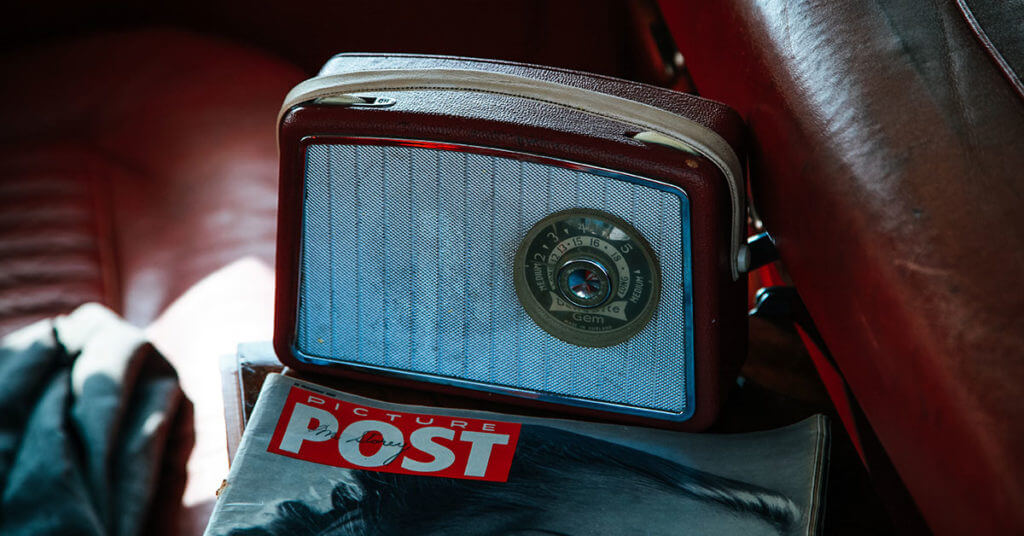Working in the production world it’s imperative to keep up with all the latest trends and cutting-edge technologies in the field. From reading up on VR technology to studying effective marketing campaigns, the better learned you are the more equipped you are to thrive. Sure, this ever-lengthening list of gadgets and terms can be a bear at times, but hey, no one ever said success was easy.
While performing your due diligence, one of the big buzzwords you’ll inevitably come across is branded content. Branded content here, branded content there, branded content EVERYWHERE! It seems like every agency (and their mothers) is talking about branded content these days, trying to work it into their strategies and campaigns. But what does this newfangled term mean? Where did it come from and why is everyone so all about it all of a sudden?
The truth is…complicated.
What is branded content?
Before we get into the really interesting stuff, I need to sidebar for a moment, just to lay the groundwork for further discussion. So please, bear with me while I drop some jargon and definitions, I promise it’ll be super quick. (*Inhales deeply*).
Back in 1996, Bill Gates provided marketers worldwide with a simple, axiomatic mantra that rings true to this day: “Content is king.” However, as any marketer or advertiser will be quick to retort, there is more than one kind of content that circulates through new media. The questions are: what works? what doesn’t? and where do you put these different types of content? Though in truth these are complex questions with complex answers, we’re going to focus on the two biggest categories: branded content and content marketing.
At its heart, the difference between branded content and content marketing is a difference between emotional and rational descriptions. Branded content marketing campaigns are centered around engendering an emotional connection between the consumer and the brand, focusing more on fostering a positive image than highlighting the actual product or service. Conversely, content marketing campaigns are more “traditional” in the sense that their primary goals are to highlight the product, its unique selling point (or USP, to use some industry jargon), and grow its consumer base. In short, branded content gets you to like a brand, and content marketing gets you to buy it.
(*Exhales*). Phew! Okay see, that wasn’t so bad, was it? Now that we have that out of the way, on to some of the juicier parts of branded content.
Where did branded content come from?
Branded content can trace its roots all the way back to the 1930’s. Back then, advertisers didn’t have social media platforms or YouTube to circulate content; but they did have radio, and they got creative with how to reach their consumer base.

In the ‘30s, multinational consumer goods supergiant Procter & Gamble was struggling with how to reach its target market: housewives. In a stroke of brilliance, P&G wrote, produced, and aired a series of brand-sponsored radio plays that reached across the airwaves to the housewives of 1930s America. P&G saw an incredible ROI with these radio campaigns and continued this strategy for many years, eventually transitioning to television once it became popular in the ‘50s. And you know what this phenomenon was called? Go on, guess. That’s right: soap operas, in all their melodramatic flair, were the first pieces of branded content.
Mind you, these pieces might not have had the production value or complexity of theme as the content of today, but it was nonetheless groundbreaking, and more importantly, it got to the core of what good branded content is all about: bringing story to the forefront. Just think about how P&G’s early radio plays must have played with Depression Era women, providing them romance and excitement in a time that was otherwise, well, depressing, and all while underscoring their relationship with P&G products. This kind of visceral connection has been the kind of spank bank material CMOs have oogled after for almost a century.
(to be continued…)


2 Responses
I’m really enjoying the design and layout of your blog. It’s a
very easy on the eyes which makes it much more enjoyable for me to come here and visit more often. Did you hire out a developer to create your theme?
Fantastic work!